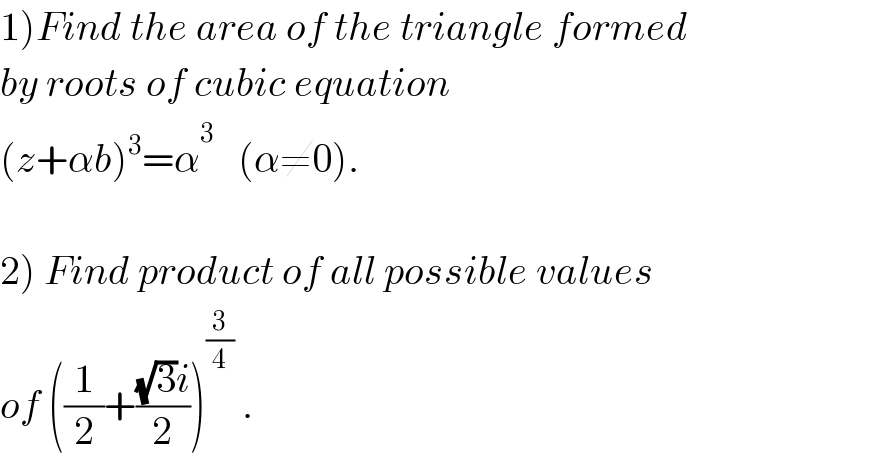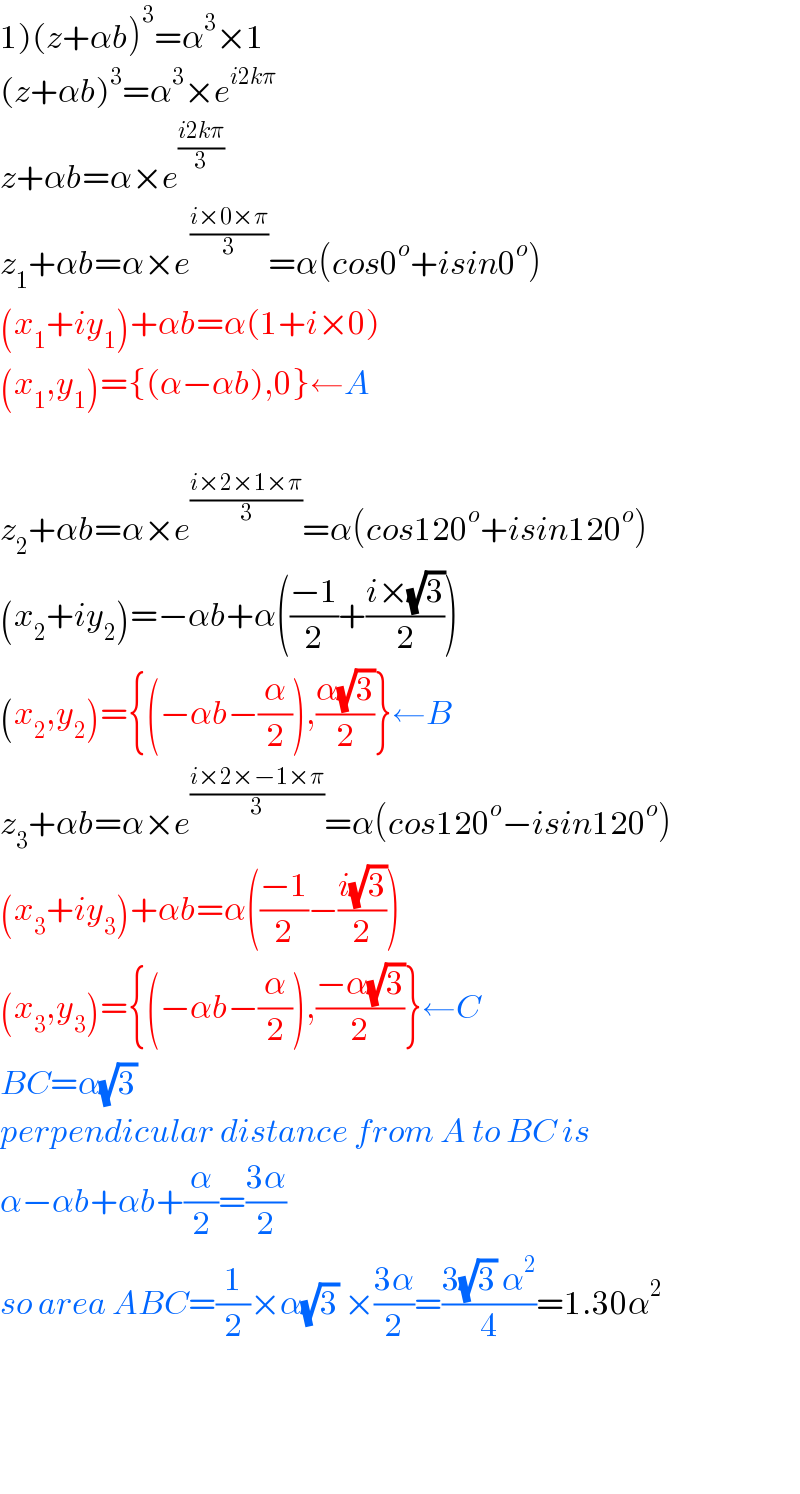Question Number 49200 by rahul 19 last updated on 04/Dec/18

Commented by rahul 19 last updated on 04/Dec/18

Answered by tanmay.chaudhury50@gmail.com last updated on 04/Dec/18

Commented by rahul 19 last updated on 05/Dec/18

Commented by rahul 19 last updated on 05/Dec/18

Commented by tanmay.chaudhury50@gmail.com last updated on 05/Dec/18

Answered by tanmay.chaudhury50@gmail.com last updated on 04/Dec/18

Commented by rahul 19 last updated on 05/Dec/18
thank you sir!����
colourful solñ!
Commented by tanmay.chaudhury50@gmail.com last updated on 05/Dec/18

